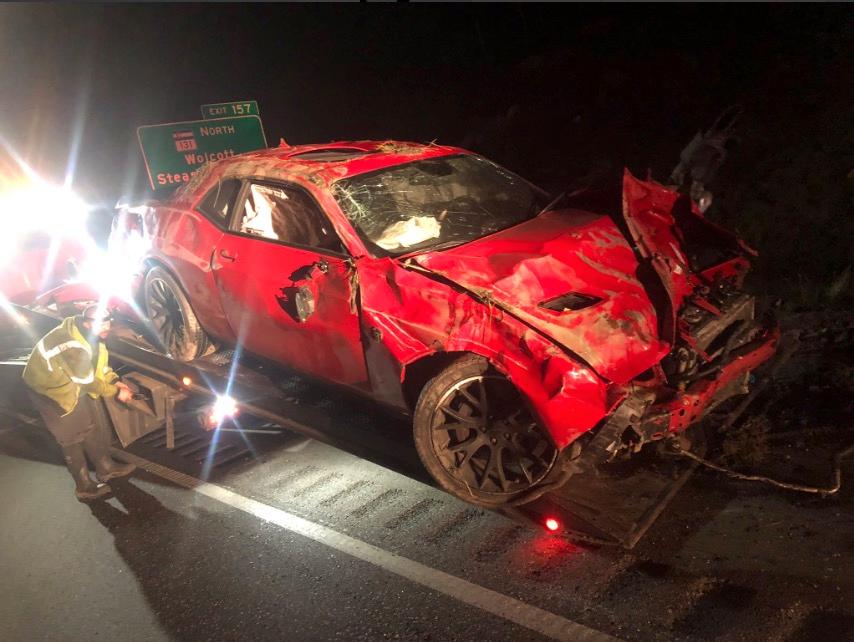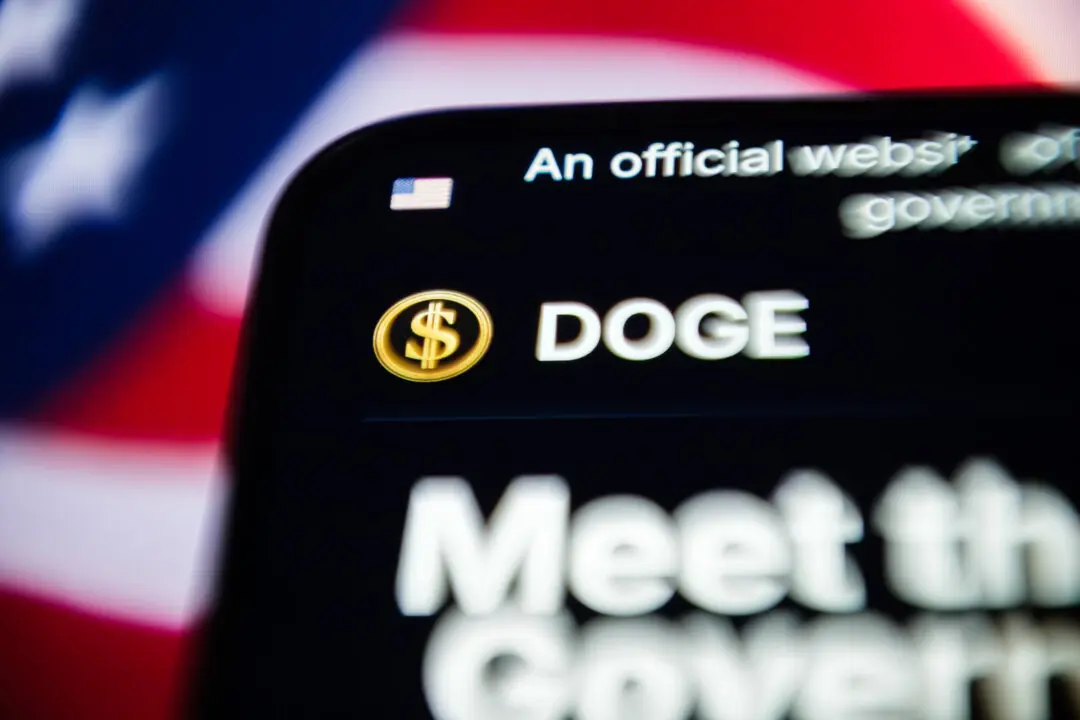Police arrested a Colorado man who allegedly led troopers on a high-speed chase in a Dodge Challenger Hellcat muscle car before crashing.
Rafael Cotlear was taken into custody on Tuesday, May 7, after allegedly driving the high-powered sports car on I-70 at speeds in excess of 130 mph, according to the Colorado State Patrol.





